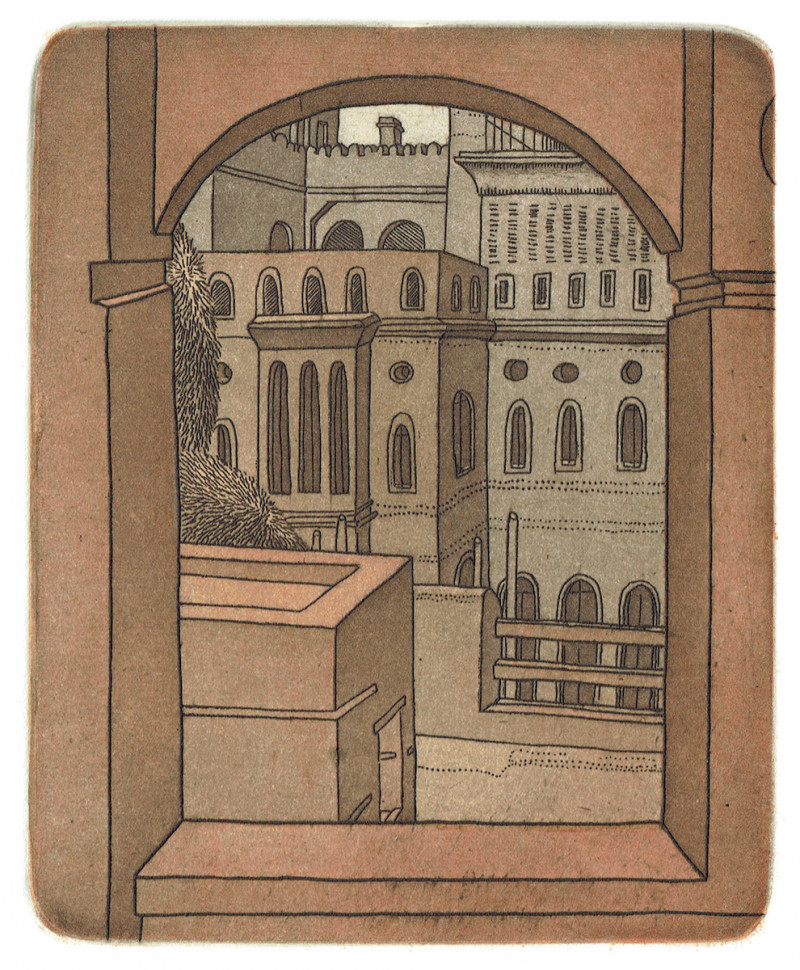
bait naseef by Damon Kowarsky
A common humanity by Alessia Belsito-Riera
There is a lot of technique involved in making an etching, Melbourne-based printmaking artist Damon Kowarsky says, though his aim is always to mask that work so it is the image that shines through. The artist’s detailed prints are the direct result of his travels around the globe and present analytical observations of the world around him. His latest exhibition Art + Travel at Solander Gallery until the 27th of July showcases moments captured in Serbia, Montenegro, Istanbul, Yemen, France, and Saudi Arabia.
What is the intention of this exhibition?
It sought to bring together a selection of new and recent works that I had made over the last two or so years. Some of the works were made in Australia at Portland Bay Press, some in China at Guanlan Original Printmaking Base in Shenzhen, which is close to the Hong Kong border, and some at Tianjin YAC Printmaking Workshop, which is in the north close to Beijing.
How is your art practice connected to travel?
I began travelling at about the same time that I began studying art, so the two things have always been very closely linked. Even when I was at university I would typically take the summer vacation to travel to interesting places for two to three months – India, Pakistan, Egypt, Greece, Turkey – and then bring the drawings I had made on those travels back to the studio and spend the year working from that inspiring source. I have continued that way of working up until today. I will travel for a number of months, often to undertake residencies or have exhibitions overseas, and then use the things that I have drawn and seen to create the next body of work back in Melbourne.
How do pieces depicting scenes from around the world work together?
One of the advantages of printmaking and etching is that the medium itself lends a coherence and consistency to the work in the show. You’re using similar materials and you can use similar inks. There is a consistency of the quality of line and tone that comes through that bridges the disparate geographies, architectures, and landscapes of the places that I draw.
What do you hope visitors take away from the exhibition?
Travel is a common experience for many people around the world, particularly people in Australia and New Zealand who for generations have taken rite-of-passage trips to Europe or the Americas to see the world. I hope that visitors to this exhibition will see places that perhaps they are familiar with but also that they see the consistencies of every place. We are all people, we all live in families, in communities, we build houses, we have gardens, we have pets, we allow trees to grow in our yards. That common humanity binds us even though the places in this exhibition are as varied as Serbia and France and Montenegro.
View more articles from:
« Issue 222, June 18, 2024

